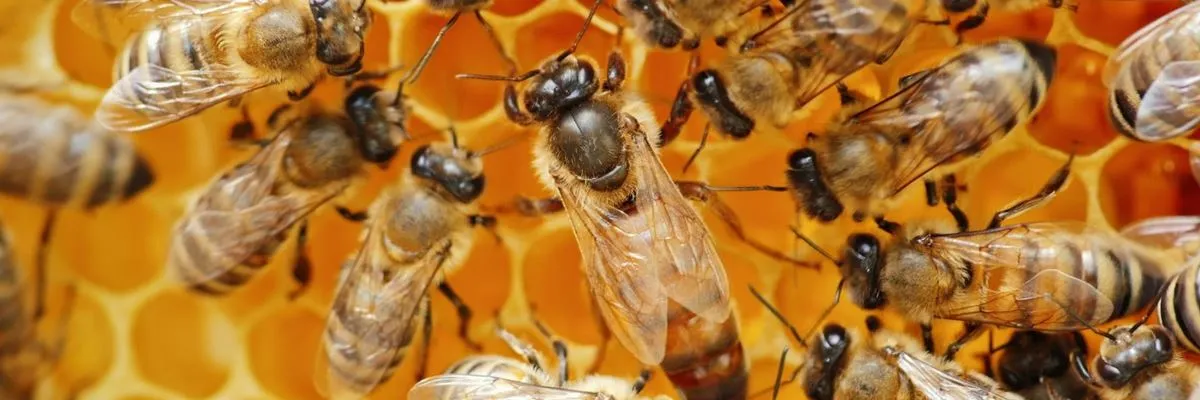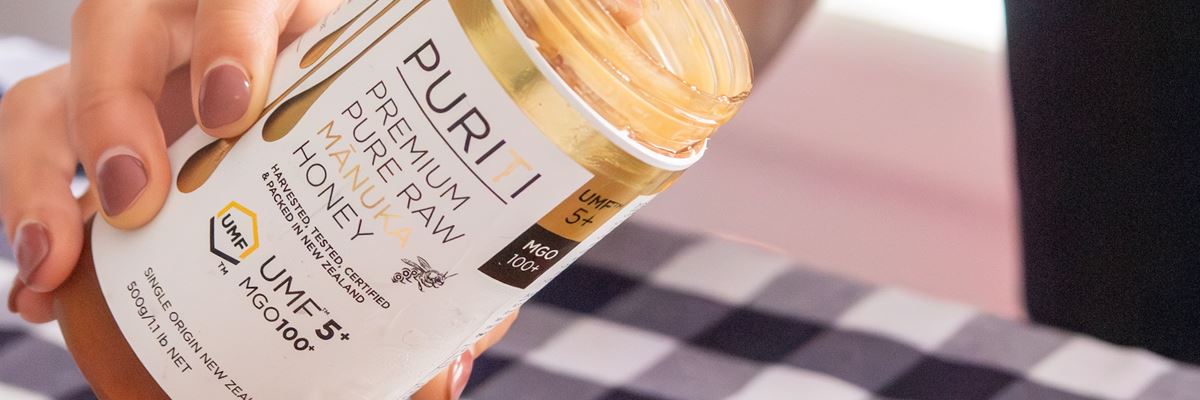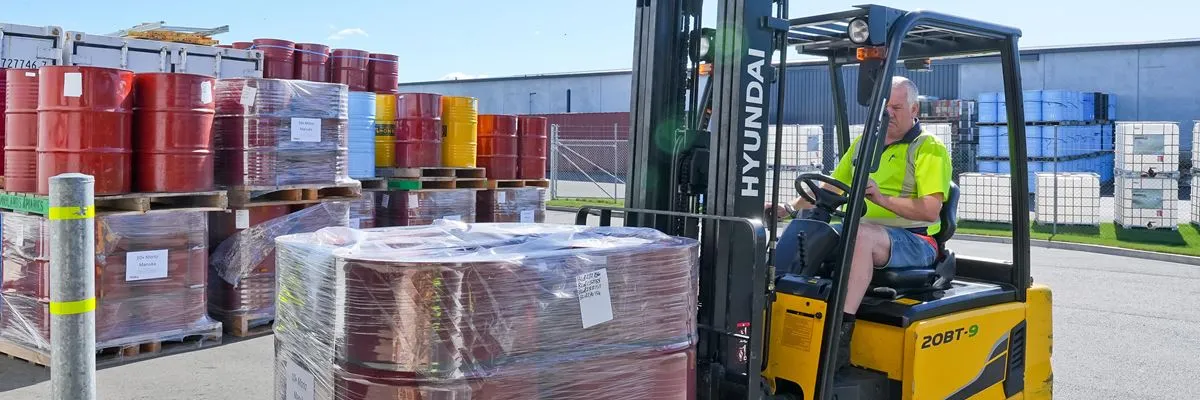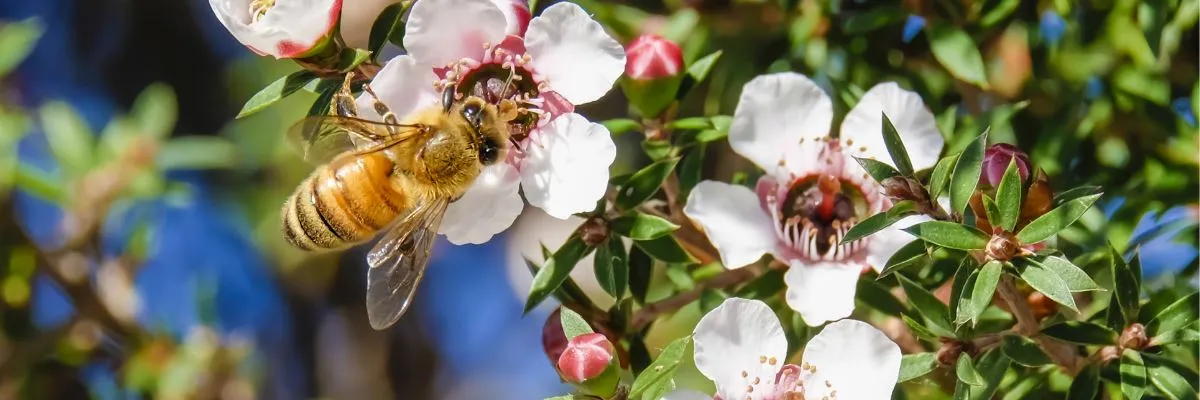How Do Bees Make Manuka Honey?
March 9, 2022

Mānuka honey is a golden, velvety treat that has gained attention worldwide. Fans within New Zealand and across the borders are all very aware of the unique nature of this liquid gold, but many are still unaware of how exactly the bees make it.
As one would imagine, several actions are required to create honey. This blog will give a detailed description of how monofloral Mānuka honey is produced by the bees so that you’re aware of the method by which your Mānuka honey business products are made.
1. Worker Bees Collect The Manuka Nectar
Sourced from some of the most remote locations throughout New Zealand, bees will collect nectar from secluded Mānuka forests. Then, using the proboscis, the worker bee will suck up the nectar from within the Mānuka flower. In just one foraging trip, worker bees have been known to visit more than a hundred flowers.
The collection of this honey is only done a few weeks a year due to the narrow window of yearly Manuka flower blooming. This short flowering season is also easily affected by volatile weather conditions - which further increases the rarity of this treasured honey.
Once the bee has collected enough nectar from the Mānuka flower, it will then begin the journey back to the hive - where they will unload the nectar to the house bees.
2. The House Bees Receive The Manuka Nectar
Within the hive, the house bees await the return of the worker bees to collect the honey contents. Once this nectar transfer occurs, the house bees can begin with the Mānuka honey production. The house bees add enzymes and work the nectar, which is shortly followed by them passing the worked nectar in a chain to each other. This process alters the pH and several chemicals within the honey.
There is a mixture of nectar and enzymes that takes place here, which includes too much water. Therefore, the bees need to dry the honey to make it preserve for longer.
3. Dehydration Of The Manuka Honey
For increased efficiency, the honey is partially dried and removes the excess moisture as it moves down the line of house bees worked the nectar. However, bees use two distinct methods to dry the honey properly.
A. Spread the honey over the honeycomb to increase surface area and evaporation
B. Fanning their wings next to the honey to increase airflow which evaporates more liquid
Subsequently, the honey will have a lower water content which increases the viscosity and consistency of the Mānuka honey that we have all come to love. Additionally, the extensive testing and lab work done at Midlands Apiaries follows a close eye on the moisture – which we expect to be less than 20%.
4. Capping The Cell With Beeswax
Once the honey is drier, the last step involves storing the Mānuka honey in cells. These cells make up the unique shape of the honeycomb that we all know too well. This is where the honey will stay until the bees eat it or are harvested by the team at Midlands Apiaries.
Bees are incredibly smart and understand that the honey needs to be preserved, so what better way to “put a lid on it” than to cap each cell with beeswax. The beeswax production requires an entirely new explanation, but this substance will keep the honey secure until harvesting.
Furthermore, although Midlands Apiaries provides many across the world with the decadent treats of monofloral Mānuka honey, it’s essential to note that we take a sustainable approach. We delicately harvest the honey reserves and conscientiously ensure that we leave the bees with enough honey for their own consumption.
5. Midlands Apiaries Sustainably Harvests The Pure Manuka Honey
Midlands Apiaries has an army of talented local New Zealand beekeepers to extract the Manuka honey from the hives conscientiously. The honey is stored in the frames of the hives and using specialist equipment, the ideal amount of honey is harvested – while ensuring bees are more than capable of thriving.
6. Midlands Apiaries Craftsmen of Honey Create Liquid Gold
The master creamers at Midlands Apiaries are craftsmen of honey, creating honey creamer that fosters an excellent product with superior taste, texture, viscosity, and crystal size. Every batch of our monofloral Mānuka honey is crafted to meet our incredibly high-quality standards that are then independently verified by accredited New Zealand laboratories.
Although we have a distinguished reputation is supplying wholesale Manuka honey globally, we also have skills in other areas of Mānuka honey production. As Midlands Apiaries are Mānuka honey experts, this precious New Zealand gold can be delivered to your customers in multiple variations, including:
Midlands Apiaries Can Provide You With 100% Pure New Zealand Manuka Honey
Midlands Apiaries is the perfect partner for your brand, whether you provide skincare, winter wellness products or food and drink. Our widespread Mānuka honey supply and production operations can accommodate your needs. Proudly supplying multifloral and UMF-certified monofloral Mānuka honey, we can work with you to achieve your goals.
We also offer the services of a highly knowledgeable Sales & Marketing team. So if you’re looking to bring a fantastic brand to market, our team of professionals can plan a pathway to your launch. With an extensive network of honey supplies and laboratories - Midlands Apiaries can provide your business with everything it needs.
Additionally, as the largest New Zealand supplier of wholesale Mānuka honey globally, Midlands Apiaries knows a thing or two about quality. An accredited, independent laboratory tests each batch of Mānuka honey from Midlands Apiaries for certification. We are very aware of the stringent requirements set forth by UMFHA (Unique Manuka Factor Honey Association).
Get in touch with us today for more information about how Midlands Apiaries can make for a beneficial partner in your budding business.
references
Quick Navigation
Contact our team

Steve Williams
BCom (Mgt Sc)
Seed Multiplication Sales Manager
Midlands Seed
+64 27 553 0846seed@midlands.co.nz



Nick Kerr
BCom (Hons)
Honey Sales - North America & Europe
Midlands Apiaries
+64 27 807 9849honey@midlands.co.nz
Tasman Walker
BCom (Mktg) | BSc (Psy)
Honey Sales - Asia & Australia
Midlands Apiaries
+64 27 237 6318honey@midlands.co.nz

Hamish Finnie
BSc (Food Sc. & Hum. Nutr.)
Honey Sales - Greater China Region
Midlands Apiaries
+64 27 405 1273honey@midlands.co.nz














